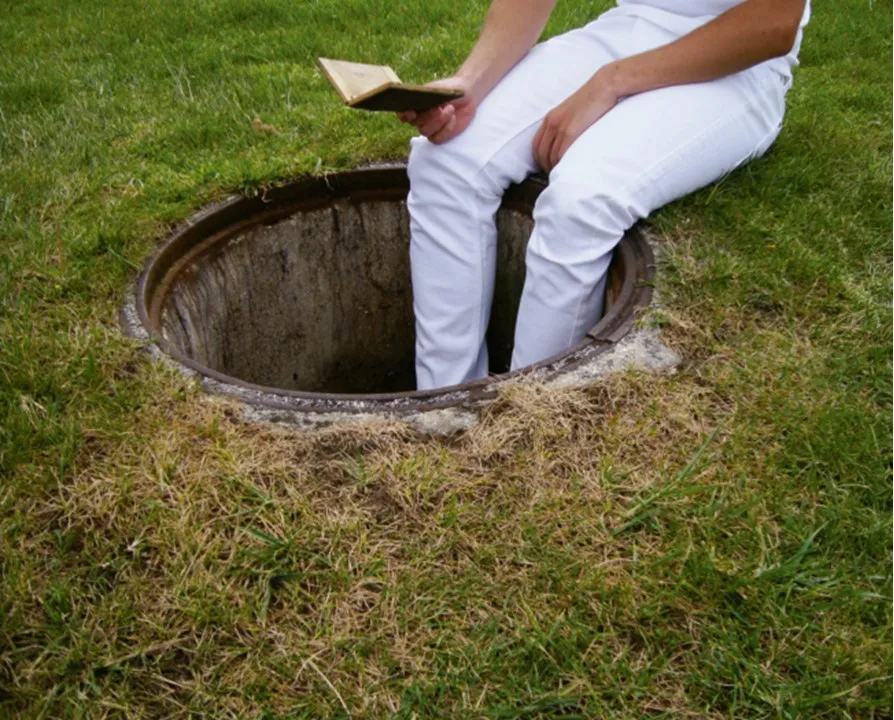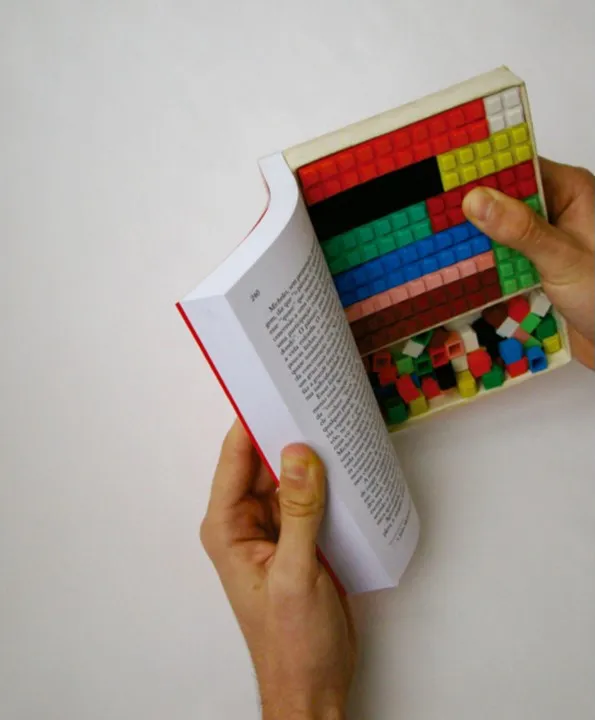O ser humano (animal simbólico) comunica através de signos (representantes das coisas ausentes), entendendo-os como uma espécie de embaixadores, substitutos: o signo é «qualquer coisa que está por outra coisa», não de forma natural mas sim cultural. Enquanto seres comunicantes, estamos constantemente a substituir coisas por outras coisas, movendo-nos num vasto campo de representações, entre o simbólico e o real.
Como num jogo. No jogo da palavra que se quer espacializar. Ser espécie(s) de espaço(s). Ser corpo. Deambular. Errare. Ser livro por vir.
Em Curso de Linguística Geral (1916), Ferdinand de Saussure propõe a noção de «fala», definindo a significação como a relação diádica entre um significante e um significado. A «fala» (parole) ocorre com a presença do corpo, in praesentia, mas recorre a algo in absentia: a língua (langue). A «fala» é qualquer coisa que acontece num tempo e num espaço, começando e acabando, e que ocorre a partir de um sujeito. De certo modo, os corpos podem ser significantes dos quais extraímos significados. É no corpo — esse «campo de jogo» — que toda a possibilidade interpretativa se reinventa. Enquanto ponto de vista, ou ponto de partida, é nesta corporalidade que se projecta uma nova iconografia, na qual se apresentam propriedades linguísticas e todo um repertório de gestos e significações é posto em movimento. No livro e fora dele (repeat).
OS ESPACIALISTAS & GONÇALO M. TAVARES
Human beings (symbolic animals) communicate with signs (which represent things that are absent), adopting them as some kind of ambassadors, of substitutes: a sign is “anything that is there for something else,” not naturally but culturally. As communicative beings, we are constantly substituting some things for others, moving around in a vast universe of representation, between the symbolic and the real. Like in a game: that dares to spatialize the word; the word that dares to be a kind(s) of space(s); a body (wandering, errare): a book to come. In his Course in General Linguistics (1916), Saussure proposes the notion of “speaking,” defining significance as the dyadic relationship between signifier and signified. “Speaking” (parole) occurs with the presence of the body, in praesentia, but uses something in absentia: “language” (langue). “Speaking” is anything that happens in a certain time and a space, that begins and ends, and that originates from a subject. In a way, bodies are signifiers from which we extract the signified. The “battlefield” that is the body is where all interpretive possibilities are reinvented. As a point of view, or starting point, it is on such corporeality that a new iconography is projected—an iconography where the “flesh” presents linguistic properties and a whole repertoire of gestures and meanings is set in motion. In the book and out of it (repeat).
PARTILHAR











